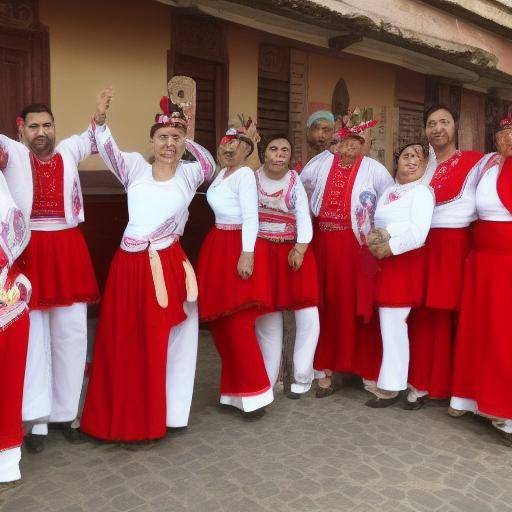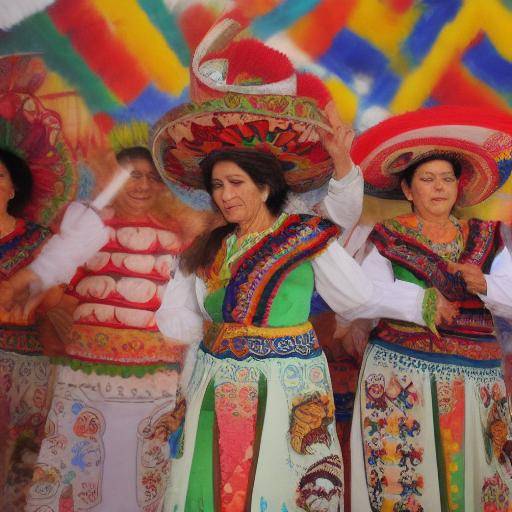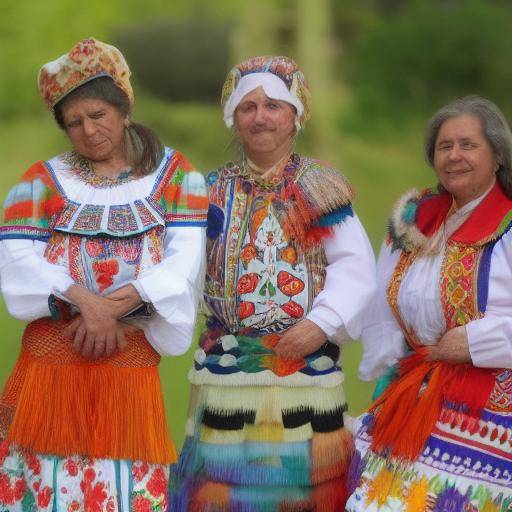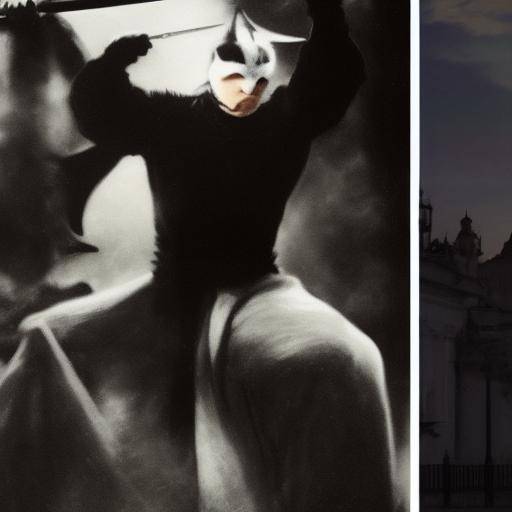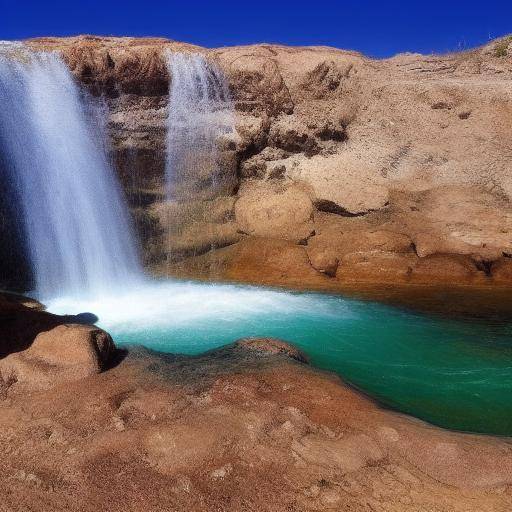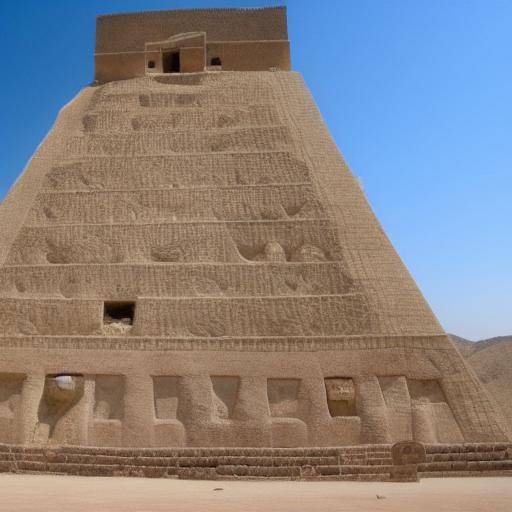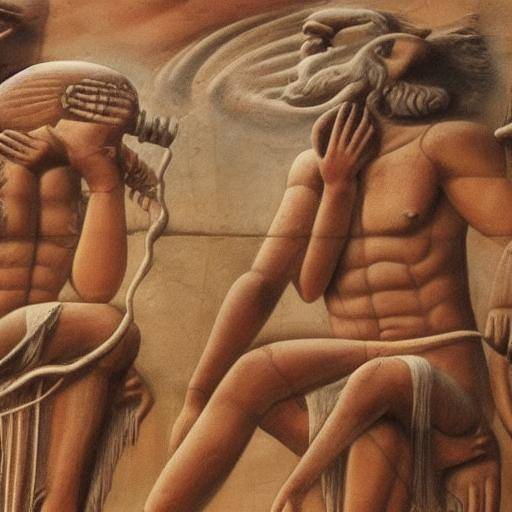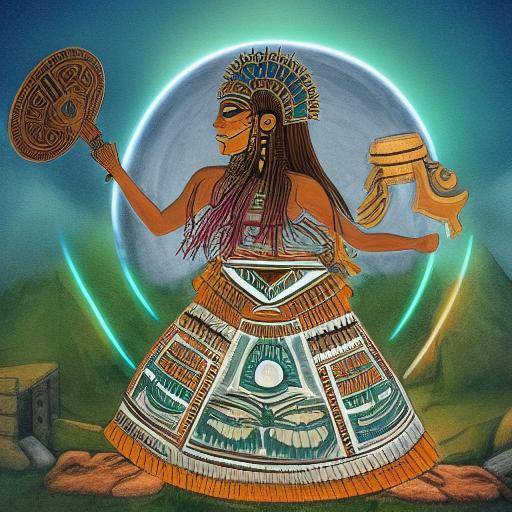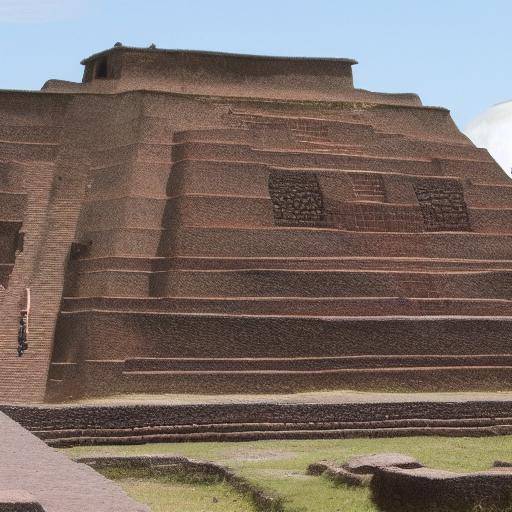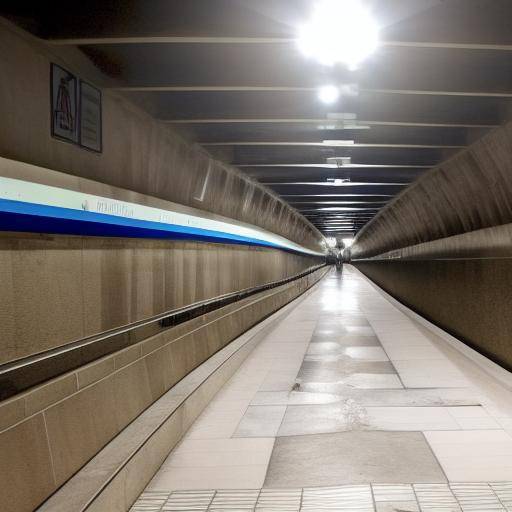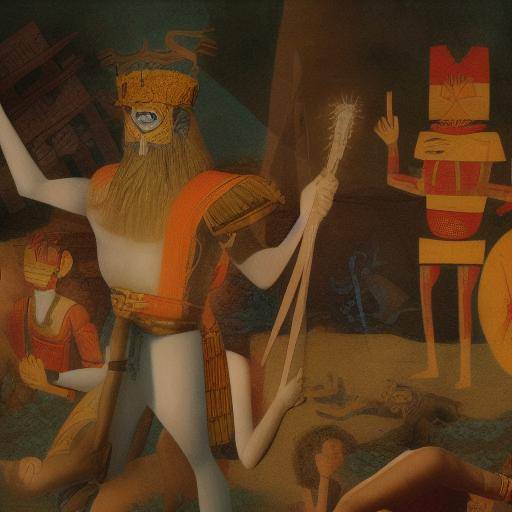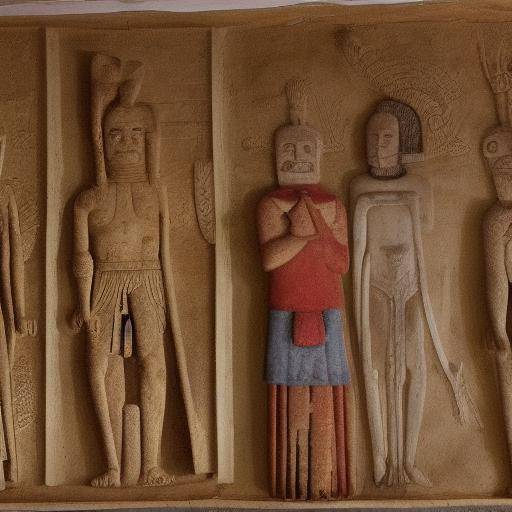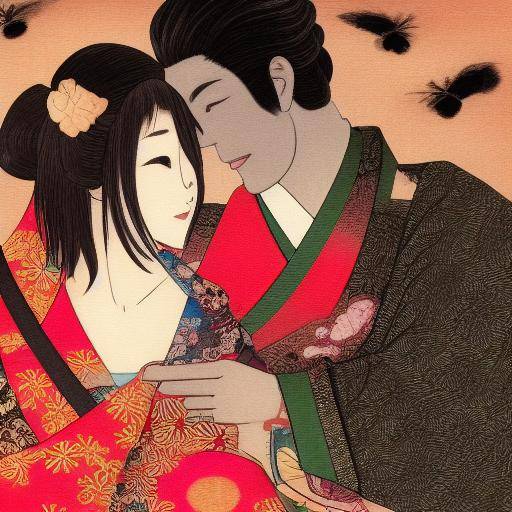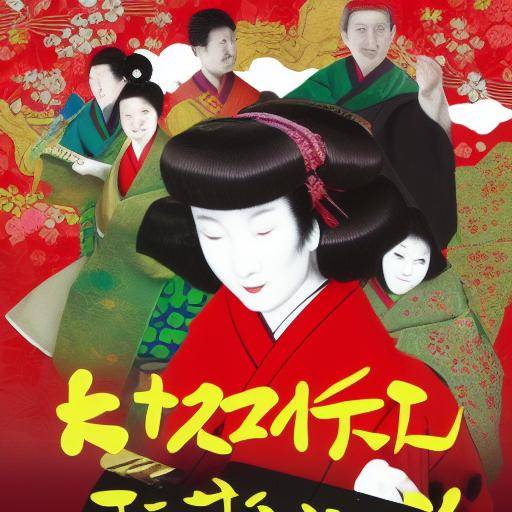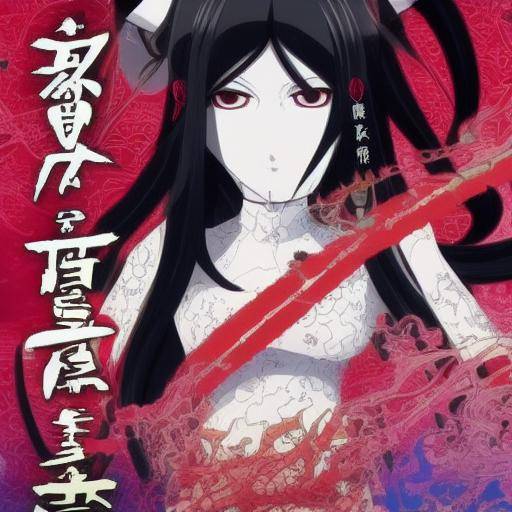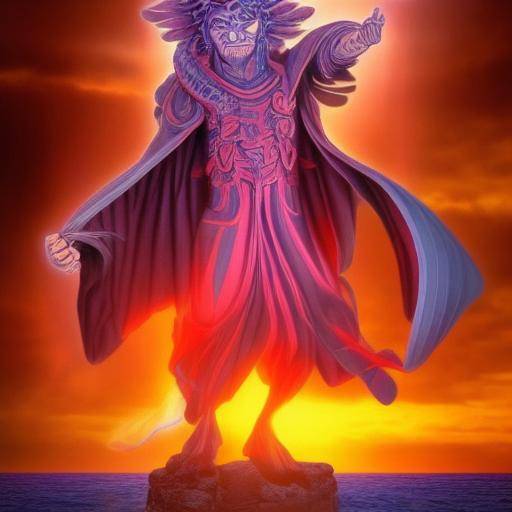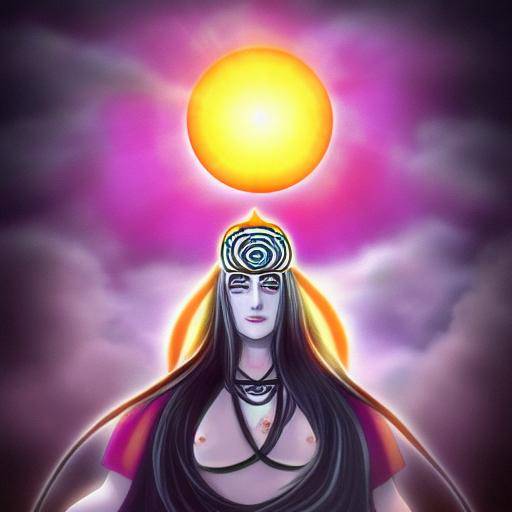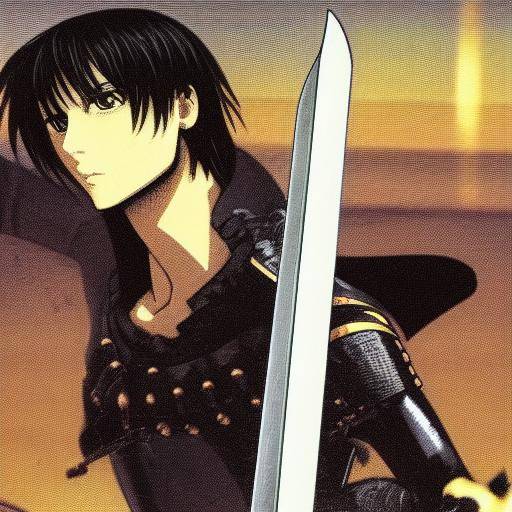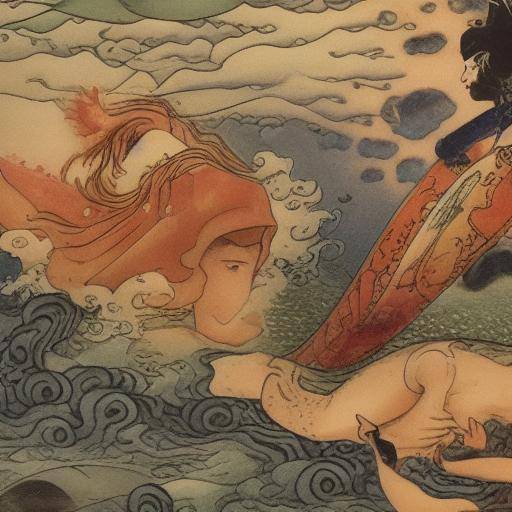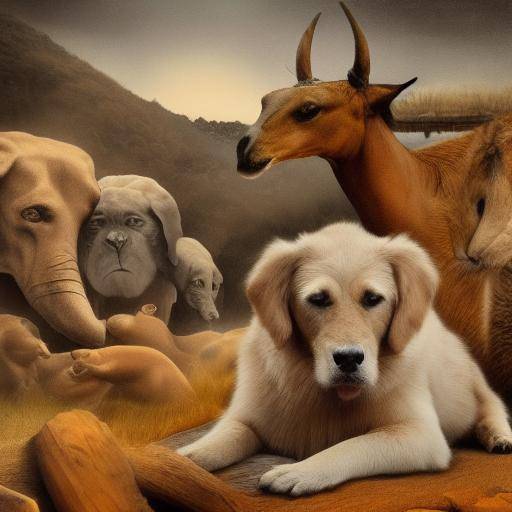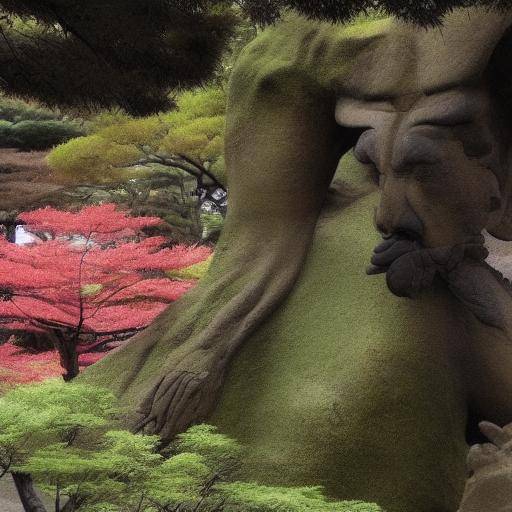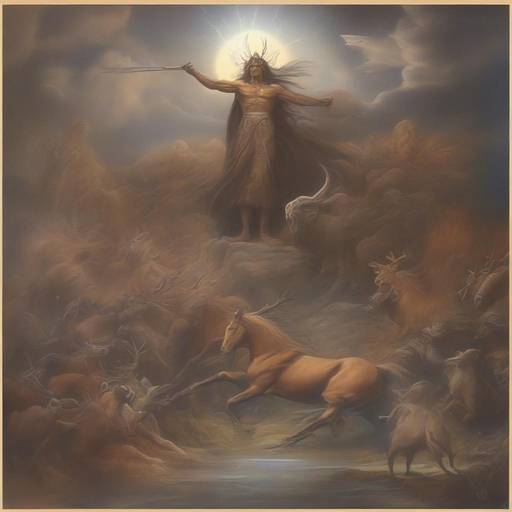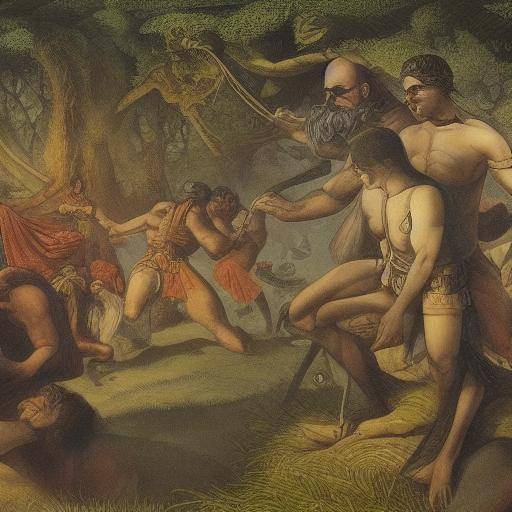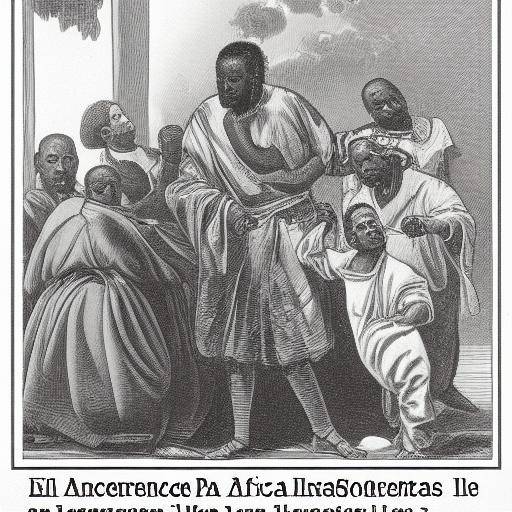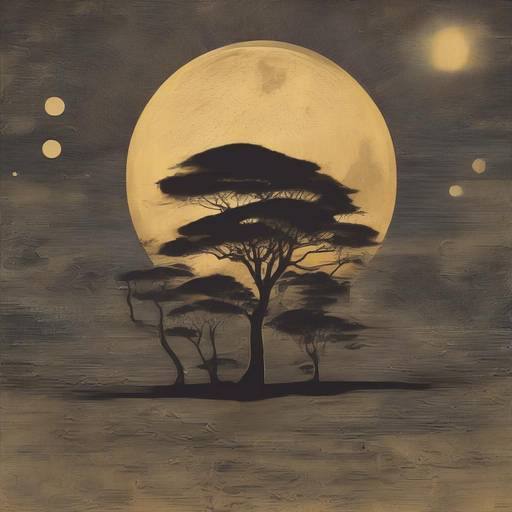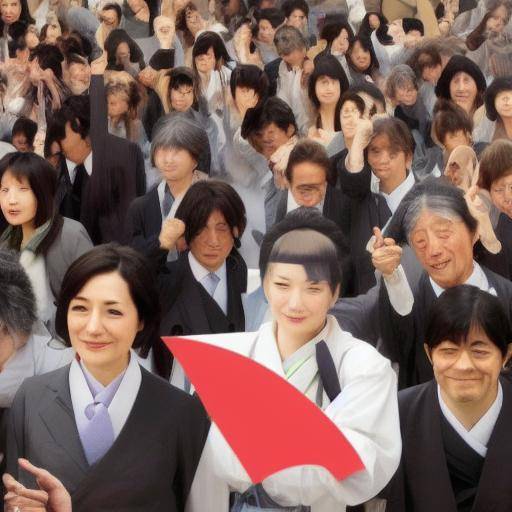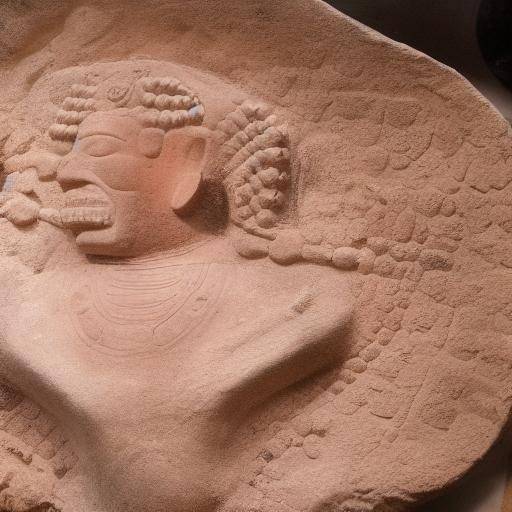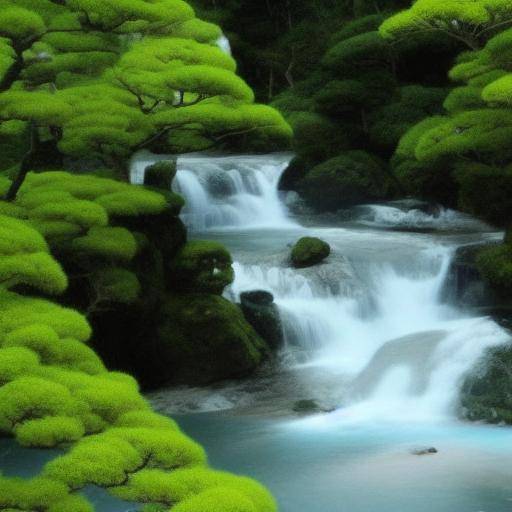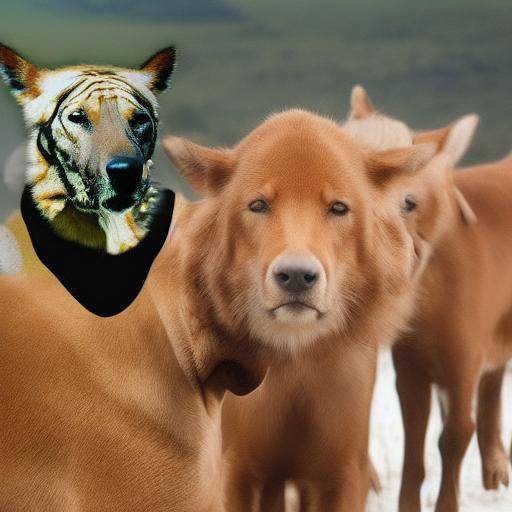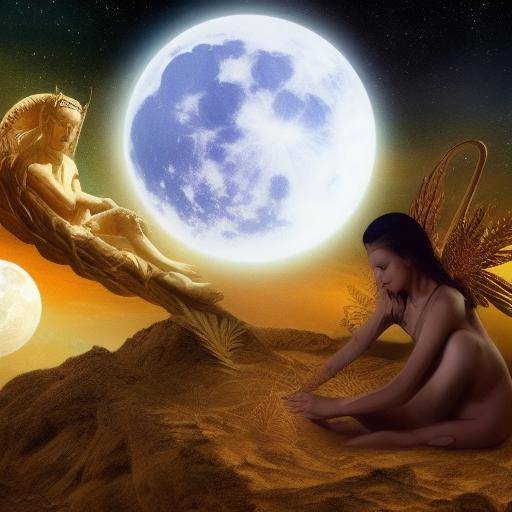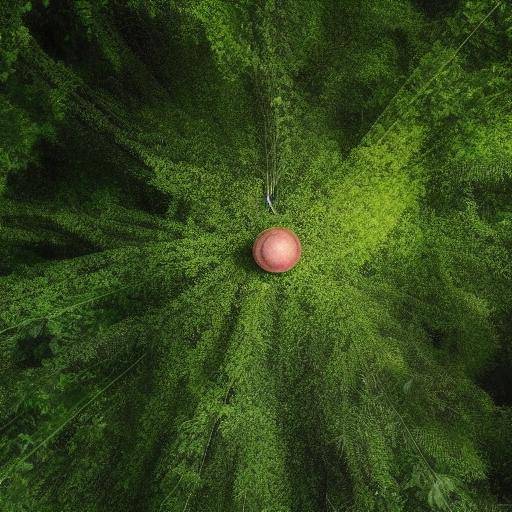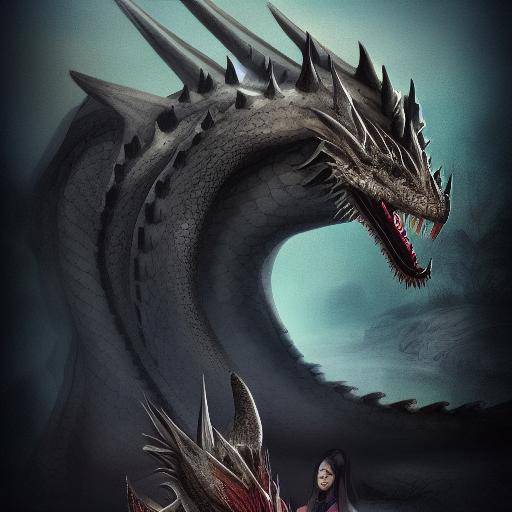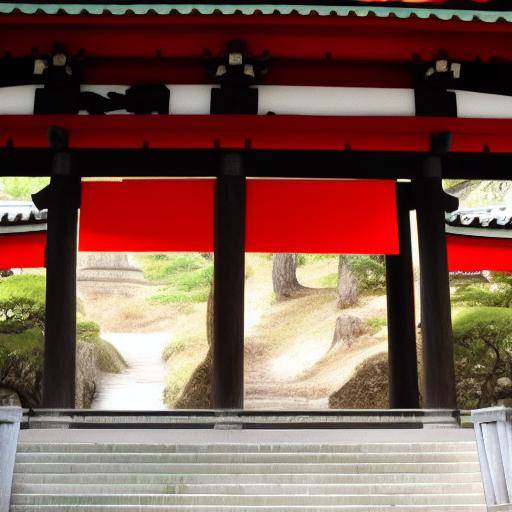
The Shinto is one of the oldest and most venerated religions in Japan, with a rich pantheon of gods and a fascinating mythology. In this article, we will explore the stories and beliefs behind the gods of Shinto, as well as the Japanese mythology and beliefs rooted in this spiritual tradition. From history to current practices and future trends, this comprehensive guide will immerse you in the world of the Shinto gods and their influence on Japanese culture.
Introduction
The Shinto, which means "the way of the gods", is a unique spiritual practice that focuses on the veneration of the kami, or gods, and on the connection with nature. Throughout the centuries, the Shinto has played a fundamental role in the religious and cultural life of Japan, influencing the way the Japanese perceive the world around them and relate to it.
In this article, we will immerse ourselves in the fascinating world of the gods of Shinto, exploring the stories, mythology and beliefs rooted in this ancient tradition. From the origins of the gods to their role in modern society, we will discover the spiritual and cultural richness of the Shinto.
History and Origins of the Shinto
The Shinto goes back to the ancient history of Japan, with its roots intertwined with the mythology and history of the country. The gods of Shinto, known as kami, are divine beings that are believed to dwell in nature, objects and ancestors. Throughout the centuries, the worship of these gods has evolved, influenced by historical events and interaction with other cultures, such as Buddhism.
The Origins and First Texts
The first written texts on Shinto mythology, such as the "Kojiki" (Registration of Ancient Things) and the "Nihon Shoki" (Japanese Chronicles), date back to the eighth century. These texts describe the origin of the world and the kami, beginning with the creation of the universe by the primordial gods Izanagi and Izanami.
External Influences and Sincretism
Over time, the Shinto has been influenced by other religions and philosophies, especially Buddhism, which came to Japan in the sixth century. This religious syncretism led to the coexistence and fusion of Buddhist and Shinto practices, which has shaped religion to its contemporary form.
The Major Kami of Shinto
Amaterasu - The Goddess of the Sun
Amaterasu, the sun goddess, is one of the most important deities in the Shinto pantheon. According to mythology, Amaterasu was born from the left eye of Izanagi and is considered the divine ancestor of the Japanese imperial family. Its main sanctuary, the Great Sanctuary of Ise, is one of Japan's most sacred sites.
Susanoo - The God of Storms and the Sea
Susanoo, Amaterasu's brother, is the god of storms and the sea. Known for her volatile temper, Susanoo is a complex figure that is also revered for her courage and ability to overcome evil, as illustrated in the legend in which she defeats the giant serpent Yamata no Orochi.
Tsukuyomi - The God of the Moon
Tsukuyomi, another brother of Amaterasu, is the god of the moon. Although less prominent than his brothers, Tsukuyomi is one of the heavenly figures that governs the night and is associated with tranquility and reflection.
Inari - The God of Fertility and Rice
Inari is one of the most popular kami, known as the god of fertility, rice and business success. Inari is frequently represented accompanied by foxes, who are considered their divine messengers. The sanctuaries dedicated to Inari, such as Fushimi Inari Taisha in Kyoto, are famous for their thousands of red torii.
Rituals and Shinto Practices
Oharai - Purification
One of the most important aspects of the Shinto is purification. The rite of oharai is made to clean people and objects of spiritual impurity, ensuring the purity necessary for interaction with the kami. This ritual is performed in shrines and also in important events of life.
Matsuri - Festivals
The matsuri are festivals that celebrate and honor the kami. Each sanctuary has its own matsuri, including parades, dances, music and offerings. The matsuri are occasions for the community to meet and connect with the kami through celebration and gratitude.
Ema - Desire tablets
In many shrines Shinto, devotees write their desires on wooden tablets called ema and hang them in the shrine enclosures. This practice allows the faithful to express their hopes and prayers directly to the kami.
Analysis in Deepness of the Shinto and His Gods
Shinto is not only a religion, but also a philosophy of life that has influenced several facets of Japanese society. We will explore the benefits and challenges associated with Shinto's practice, considering its impact on the mentality and the way the Japanese carry out their daily lives.
Benefits and Challenges
The Shinto offers a sense of community and connection to nature that can be deeply rewarding. However, it faces modern challenges such as urbanization and globalization, which can uproot traditional practices.
Cultural Impact
The Shinto has left an indelible mark on Japanese culture, influencing art, architecture, literature and everyday life. The principles of harmony with nature and reverence by ancestors are central values that continue to guide life in Japan.
The Future of Shinto
Contemporary Trends
In the modern era, the Shinto adapts to new realities while preserving their traditions. Young people are rediscovering the value of their spiritual roots, and there is growing interest in the sustainability and protection of the environment, in line with Shinto principles.
Predictions
The Shinto will probably continue to evolve, integrate modern technologies and face global challenges while maintaining its essence. The preservation of sanctuaries and the revitalization of traditional practices will be crucial for their continuity.
Conclusion
The Shinto, with its rich mythology and deep connection to nature, remains a vital part of Japanese identity. The gods of Shinto, with their stories and teachings, continue to inspire current and future generations. Through the veneration of the kami, the Shinto reminds us of the importance of living in harmony with nature and of maintaining a spiritual connection with the world around us.
For those interested in deepening this fascinating tradition, the Shinto offers a unique spiritual journey that unites the past and present, nature and the divine.
Frequently asked questions
- What is a kami in the Shinto?
- A kami is a god or spirit venerated in the Shinto, which can dwell in nature, objects or ancestors.
- What are the sacred texts of the Shinto?
- The main sacred texts of the Shinto are the "Kojiki" and the "Nihon Shoki", which contain stories of creation and deities.
- What role do the shrines play in the Shinto?
- The sanctuaries are sacred places where the kami are venerated and rituals of purification and festivals are performed.
- How has Shinto influenced Japanese culture?
- The Shinto has influenced many aspects of Japanese culture, including art, architecture, literature and daily customs.
- What is the future of Shinto in modern society?
- The Shinto will continue to adapt to new realities while preserving their traditions, with a growing focus on sustainability and the connection with nature.

